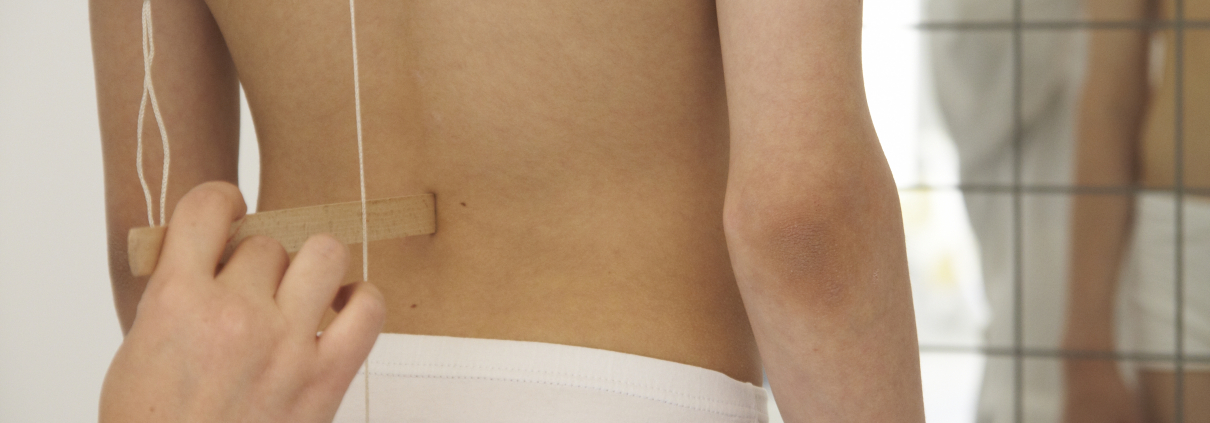Plumb line values and radiographic measurement
An Isico study entitled “Clinical Evaluation of Spinal Coronal and Sagittal Balance in 584 Healthy Individuals: Normal Plumb Line Values and their Correlation with Radiographic Measurements” has just been published in the journal Physical Therapy.
The aim of the research was to assess plumb line distances (PDs) in a large, healthy population in an age range representative of the adolescent population with spinal deformities, and to correlate the resulting normative values with X-ray measurements.
In fact, the scientific literature lacks normal data from a healthy population (i.e. without spinal disease) that can be used to establish what constitutes a correct sagittal profile and thus to identify, in patients, the presence of certain abnormalities.
The study involved a very large sample: 584 healthy individuals (341 females) with X-rays showing no spinal deformities.
The participants were not randomly chosen from the general population: all were X-rayed because they were suspected of having a spinal deformity.
The whole sample (OVERALL) was divided into five groups, classifying all those aged 10 or over on the basis of their proximity to puberty, as follows: 6-9 years old (n = 106); >10 years, Risser 0 with triradiate cartilage open (n = 129) or closed (n = 104); Risser 1-2 (n = 126); and Risser 3-5 (n = 119).
It is worth recalling that PDs are widely used in conservative clinical practice to evaluate the sagittal shape of the spine.
Using a plumb line it is possible to evaluate the frontal and lateral profile of the trunk: in evaluation of the frontal profile, with the individual standing, the first cervical vertebra (visible at the base of the neck) is identified and the plumb line is dropped from this point; it should naturally fall in the gluteal cleft (groove between the buttocks). Any displacement (to the right or left) from this reference indicates the presence of lateral bending of individual’s trunk, a sign that can indicate scoliosis.
The lateral profile of the trunk, too, is evaluated with the individual standing; in this case, the plumb line is positioned so that it touches the point of maximum protrusion of the dorsal area (between the shoulder blades).
The PDs are then measured at the points where the plumb line is most distant from the individual’s back. These measurements may indicate the presence of a curved spine.
PDs were evaluated by maintaining a tangent to the thoracic kyphosis apex at C7, T12, L3, and S2. Sagittal index (C7 + L3), and sagittal and coronal balances (C7 related to S2) were calculated.
This study showed a correlation between the plumb line data and the radiographic measurements, and also provided normative data to be used in clinical practice.
“In the near future, plumb lines will likely make way for lasers, whose use has already been validated by a study” concluded Alessandra Negrini, physiotherapist and one of the authors of the study “At Isico, we have already introduced the laser method” she added. “There are advantages and disadvantages to both: the laser beam is static, and this could distort the data if the child moves; the plumb line on the other hand follows the child’s movements: if the child moves so does the plumb line”.



